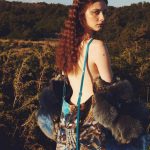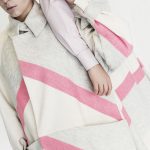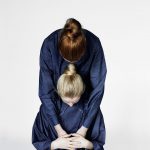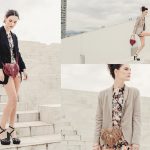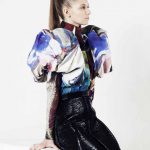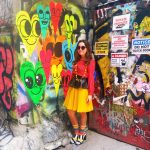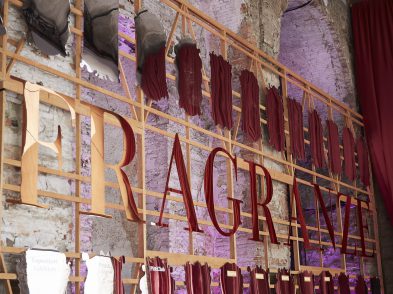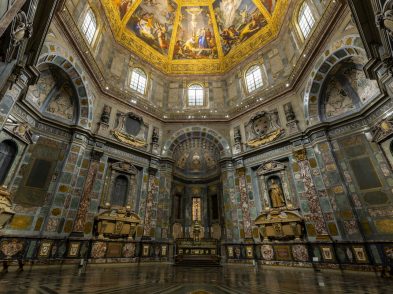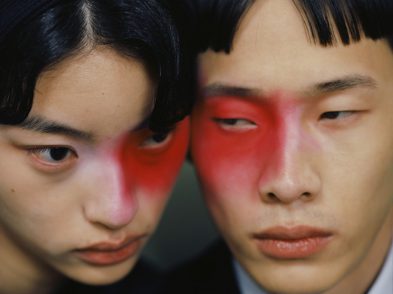- Escapism
- Yojiro Kake for Not Just a Label
- Yojiro Kake for Not Just a Label
- Digerolamo
- February 1st
Florence’s intrinsic ties to slow design make it an optimum base for sustainable fashion makers.
Whether you consider yourself a fast-fashion aficionado or a trend-following neophyte, even the briefest of news-feed browsing will prove that sustainable fashion is on a rapid ascent to mainstream popularity. Yet despite its newfound omnipresence on social media channels, the traditional connotations—garments bereft of colour or creativity—still appear to hold firm with a multitude of consumers. The latter, more often than not, cling on to the belief that an embracing of ecologically viable fashion signifies death in style experimentation.
Coupled with these pre-conceived notions, and to my increasing awareness in the past several months, a significant number of these clothing connoisseurs feel an inescapable sense of overload when eco-fashion buzzwords crop up in discussion. This typically stems from feeling that, in order to prove yourself a bona-fide supporter of sustainability, your lifestyle has to change immediately and drastically—or forever risk an onslaught of shaming. Yet such thought processes could not be further from the truth. Any engaging with ethical fashion should be done at a pace that is personal to you. Even the smallest of adjustments make a difference and, thanks to an ever-increasing number of sustainable innovators residing in the Tuscan capital, purchasing ethically, imaginatively and colourfully is more readily accessible than ever before.
Florentine dwellers connected to the city’s inherently rich craftsmanship are already tuned into an ethos of “buy less, but buy better”. This very philosophy characterises the timelessly stylish wares of Digerolamo, an independent accessories label whose name derives from three generations of skilful leather artisans, the talented ancestors of founder Clara Soto. Fusing her innate connection to masterful crafting with decidedly contemporary inspiration points, Soto openly champions transparency in Digerolamo’s supply chain. Every step of her collection process is documented, from the gathering of materials—raw hides discarded by the food industry, signifying that no animal is killed for its skin—to the ecologically plausible, vegetable tanning technique that readies her bags for their hand-crafted construction.
Such meticulous attention-to-detail is equally present in the creations of Yojiro Kake, a burgeoning slow-design talent whose unique silhouettes meld Japanese origami and traditional European dress. This inventive concoction leaves no room for mass production and signifies that, at the initial stages of each collection, every single clothing pattern must be drawn by hand. Accompanying fabrics are chosen with care, only utilising high-calibre materials such as Prato wool and Como silk that are truly created in their cities of origin. Kake produces his final designs between two main locations—a Tuscan atelier and a credible Milan-based manufacturer—and while his production costs amount to three times higher than general garment manufacturing, his unwavering priority is “to do honest work … to keep producing avant-garde craftsmanship, taking time with real value”.
While these aforementioned ethical designers punctuate their offerings with pops of colour, you would be hard pressed to find more vivid sustainability than in the works of February 1st. The ethereal brainchild of sisters Daria and Anastasia, each hand-produced collection is nothing short of kaleidoscopic: their multi-coloured collaboration with embroiderer Lisa Smirnova is verified proof of this. Undoubtedly the sisters’ most intriguing material usage is “Muskin”, literal mushroom skin extracted from its “hat”, which is then naturally tanned in the Grado Zero laboratory at Montelupo Fiorentino. What sartorial conversation starter is better than a mushroom-skin shirt?

